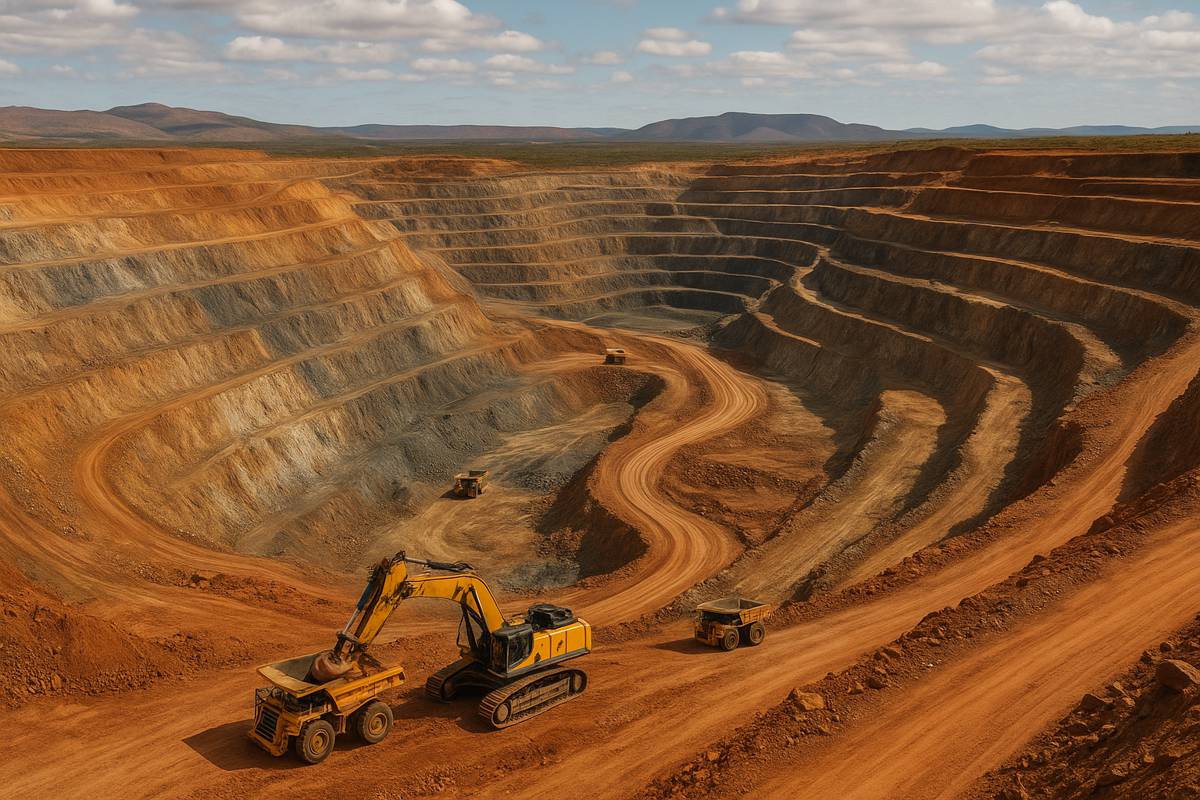Brevik Cementing a Greener Future with New Carbon Capture Plant
In a monumental achievement for the construction and energy sectors, SLB Capturi has completed the world’s first industrial-scale carbon capture plant at a cement facility. Located in Brevik, Norway, this pioneering installation at Heidelberg Materials’ site is set to revolutionise the cement industry by slashing emissions by up to 400,000 metric tons of CO2 annually.
With mechanical completion achieved, the plant is ready for testing and commissioning. The project isn’t just a technical feat; it’s a bold step forward in global sustainability efforts, offering a tangible solution to the cement industry’s colossal carbon footprint.
Carbon Capture Meets Commercial Viability
Cement production has long been a critical player in global construction—but also a significant contributor to greenhouse gas emissions. The inherent nature of the process makes decarbonisation nearly impossible without advanced solutions like carbon capture and storage (CCS). Enter SLB Capturi’s Brevik CCS plant.
Designed to capture up to 400,000 metric tons of CO2 annually, the plant integrates cutting-edge systems, including:
- Carbon capture and compression systems
- Heat integration mechanisms
- Intermediate storage solutions
- Loadout facilities for seamless CO2 transportation
This facility doesn’t just reduce emissions; it paves the way for net-zero cement production. What’s more, it achieves this without sacrificing the strength or quality of the end product—a critical requirement for adoption in large-scale construction projects.
Collaborative Efforts Drive Success
“The Brevik CCS project is a landmark achievement in the decarbonisation journey of the cement industry,” said Giv Brantenberg, General Manager for Northern Europe at Heidelberg Materials. He attributes this success to innovation, collaboration, and a shared commitment to tackling climate change.
Aker Solutions, along with local industry partners, played a pivotal role in bringing this vision to life. The collaboration underscores the importance of teamwork in achieving complex technical milestones, especially those with global implications.
Europe’s Integrated Carbon Capture Value Chain
The Brevik plant isn’t just a standalone project; it’s part of the broader Longship CCS initiative—Europe’s first complete value chain for industrial CO2 capture, transport, and storage. This ambitious programme sets the stage for other industries to adopt similar technologies, creating a ripple effect across sectors that are notoriously difficult to decarbonise.
The plant will transition into the commissioning phase, with operations slated to begin in 2025. Once fully operational, the insights gleaned from Brevik’s CCS system will likely inform future projects, ensuring scalability and improved efficiency.
Tackling Cement’s Carbon Conundrum
Cement production accounts for approximately 8% of global CO2 emissions. The process, which involves heating limestone to extreme temperatures, emits carbon both directly from the material and indirectly from the energy used. For years, the industry has been seeking viable ways to decarbonise without compromising functionality—a challenge that now seems surmountable thanks to projects like Brevik.
SLB Capturi’s CEO, Egil Fagerland, remarke: “Reaching this milestone is a testament to the power of working together and the collective determination to make a positive climate impact.” His sentiment highlights the transformative potential of such projects for industries that have traditionally been considered hard to abate.
The Brevik plant’s success could ripple across other heavy industries, including bioenergy and waste-to-energy facilities. With seven carbon capture plants already under development, SLB Capturi demonstrates that modular, scalable solutions can meet the needs of diverse industries while accelerating the energy transition.
Driving Energy Transformation
SLB, the parent company of SLB Capturi, has a global footprint spanning over 100 countries, with expertise that extends beyond carbon capture. From oil and gas innovations to digital transformations, the company is at the forefront of energy transition technologies.
SLB Capturi focuses exclusively on carbon removal and reduction solutions. Their modular approach enables rapid deployment, offering industries a way to stay ahead of regulatory requirements while seizing opportunities in the growing carbon market.
Innovation and Collaboration as Catalysts
The Brevik CCS plant serves as a beacon for what’s possible when industry leaders unite around a common goal. By blending technical expertise with a commitment to sustainability, SLB Capturi and Heidelberg Materials have demonstrated that even the most carbon-intensive sectors can transform.
The journey doesn’t end here. As commissioning begins and operations launch in 2025, the world will be watching Brevik closely. Its success could mark the beginning of a new era for industrial-scale carbon capture.
Leading the Charge Towards a Sustainable Tomorrow
The Brevik CCS project isn’t just a milestone; it’s a movement. By addressing the cement industry’s emissions head-on, it sets a powerful precedent for other sectors to follow.
With innovative technologies, strong partnerships, and a clear focus on sustainability, this project proves that the fight against climate change isn’t just necessary—it’s achievable.




















